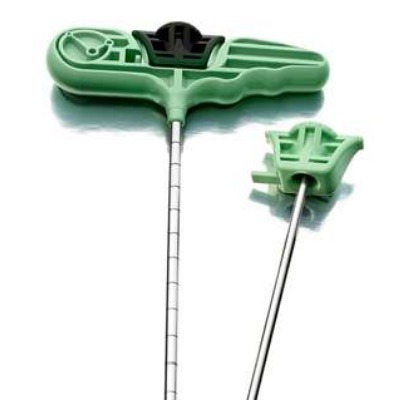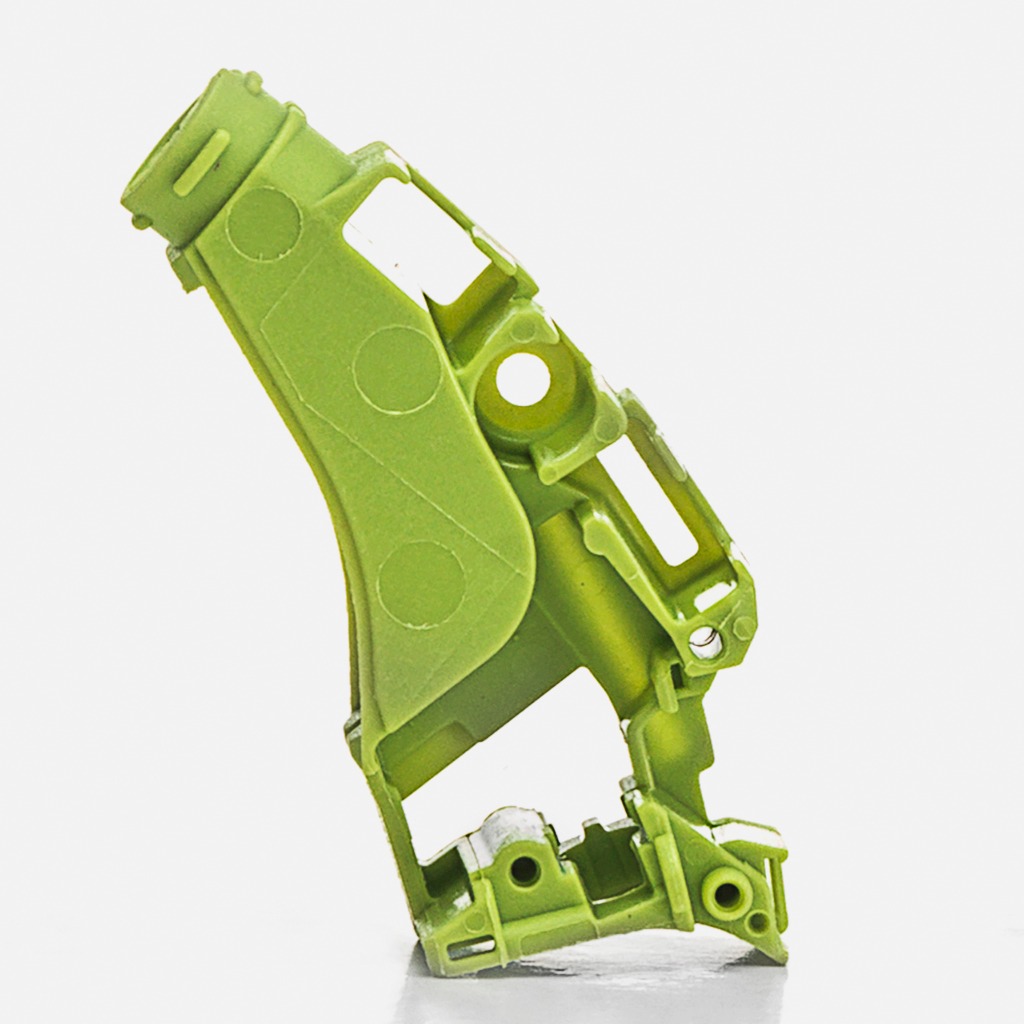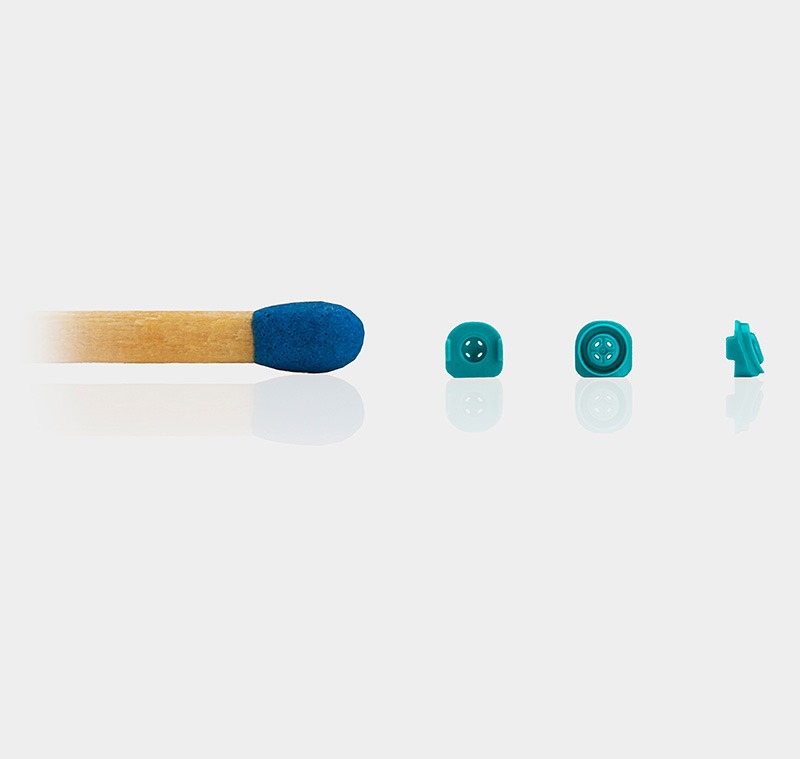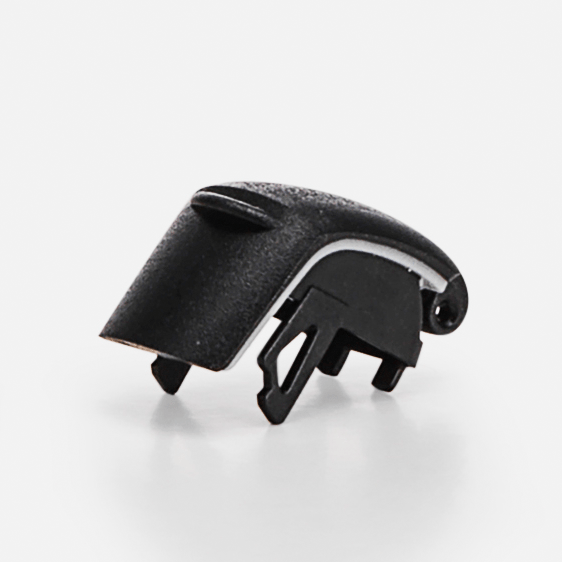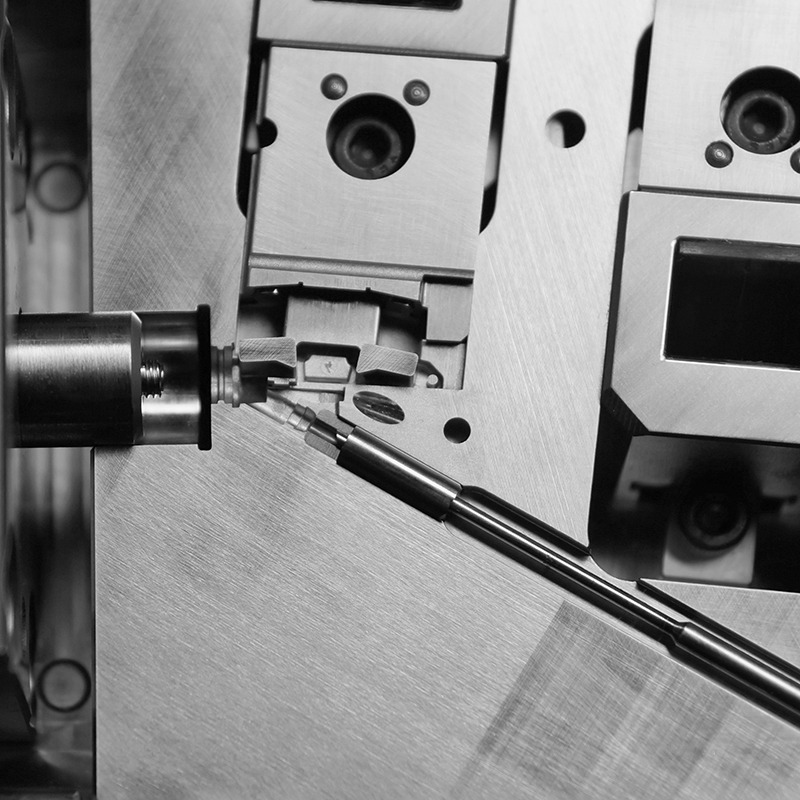Two-shot and insert molding are often confused, but each technology offers different benefits and applications for medical devices.

Two-shot molding highlights
- Combines two different thermoplastics into a single molded component
- Creates complex, multi-color, multi-material components
- Consolidates the number of parts
- Bonds are stronger than those from joining separate parts after molding
- Tighter tolerances
- Improved repeatability and accuracy
- Uses rotary table technology, index plate systems, and core-back technology as needed
- Expert, in-house mold building and decades of experience
- Also known as overmolding and double-shot molding
Examples of two-shot molding
- Instrument handles with a hard core and softer, ergonomic outer material
- Hearing aids
- Pacemakers and implantable cardioverter-defibrillators (ICD)
- Cardiovascular home monitoring devices
- Drug delivery devices
- Abutments for dental implants
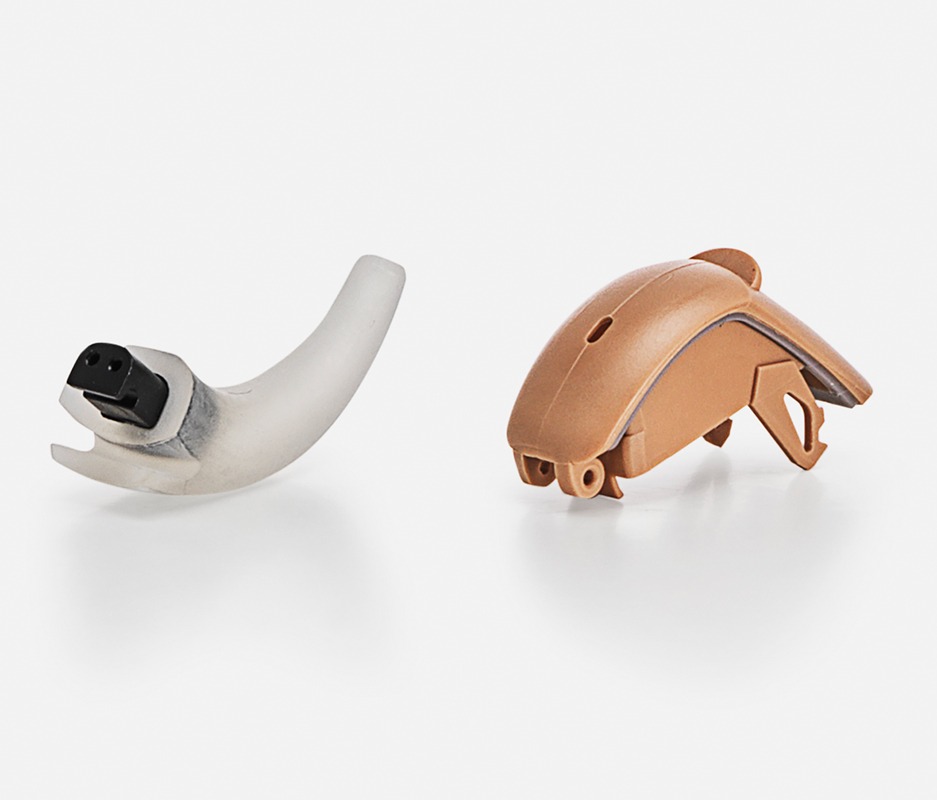
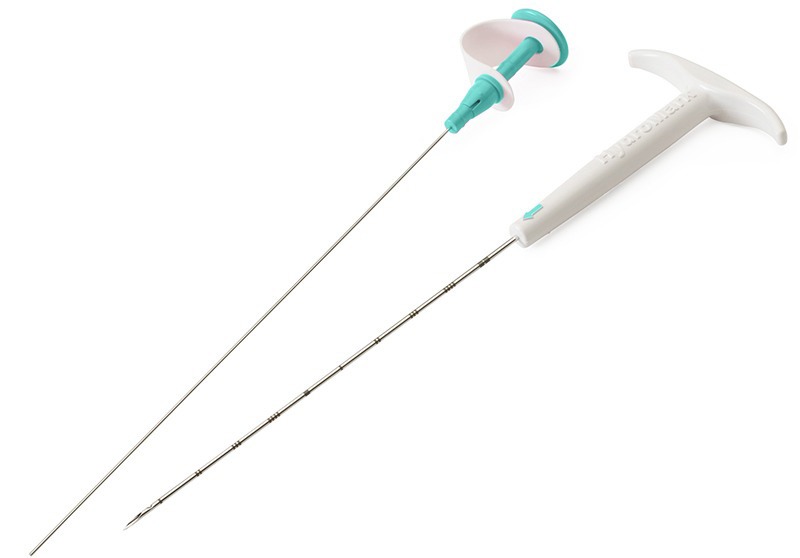
Insert molding highlights
- Plastic is molded around a pre-formed non-plastic component, often metal
- Allows plastic and metal (or another material) to be combined into one part with plastic encapsulating the metal
- The molded plastic can protect the inner part and then allows for sterilization
- Creates a strong part without need of assembly
Examples of insert molding
- Handles molded onto the metal part of hand-held devices
- Hubs for drug delivery devices such as needles
- Hubs for oncology devices such as those used to collect biopsies
- Inhaler components
- Metering pump magnets
- Housings for pacemakers
- Housings for endoscopy devices
